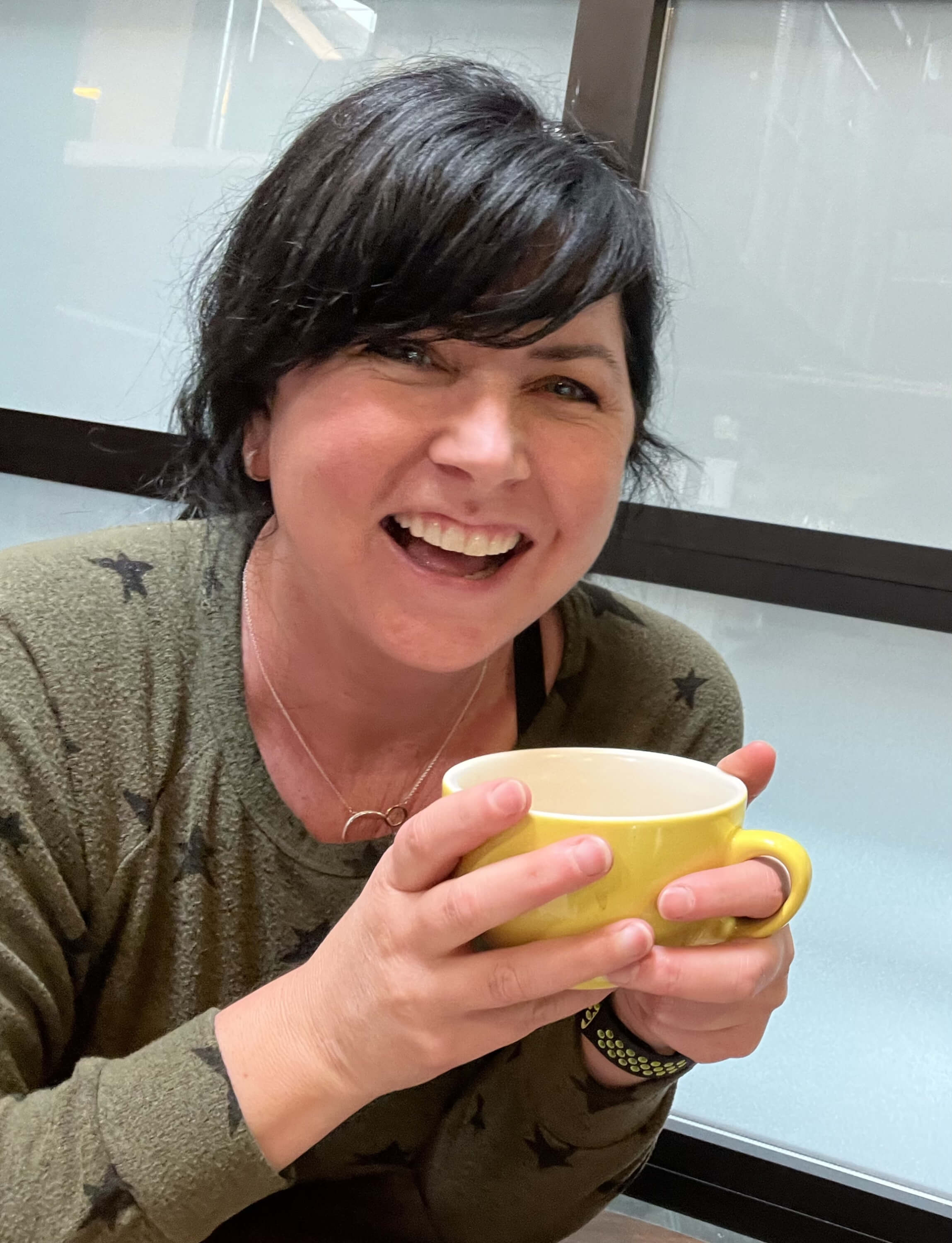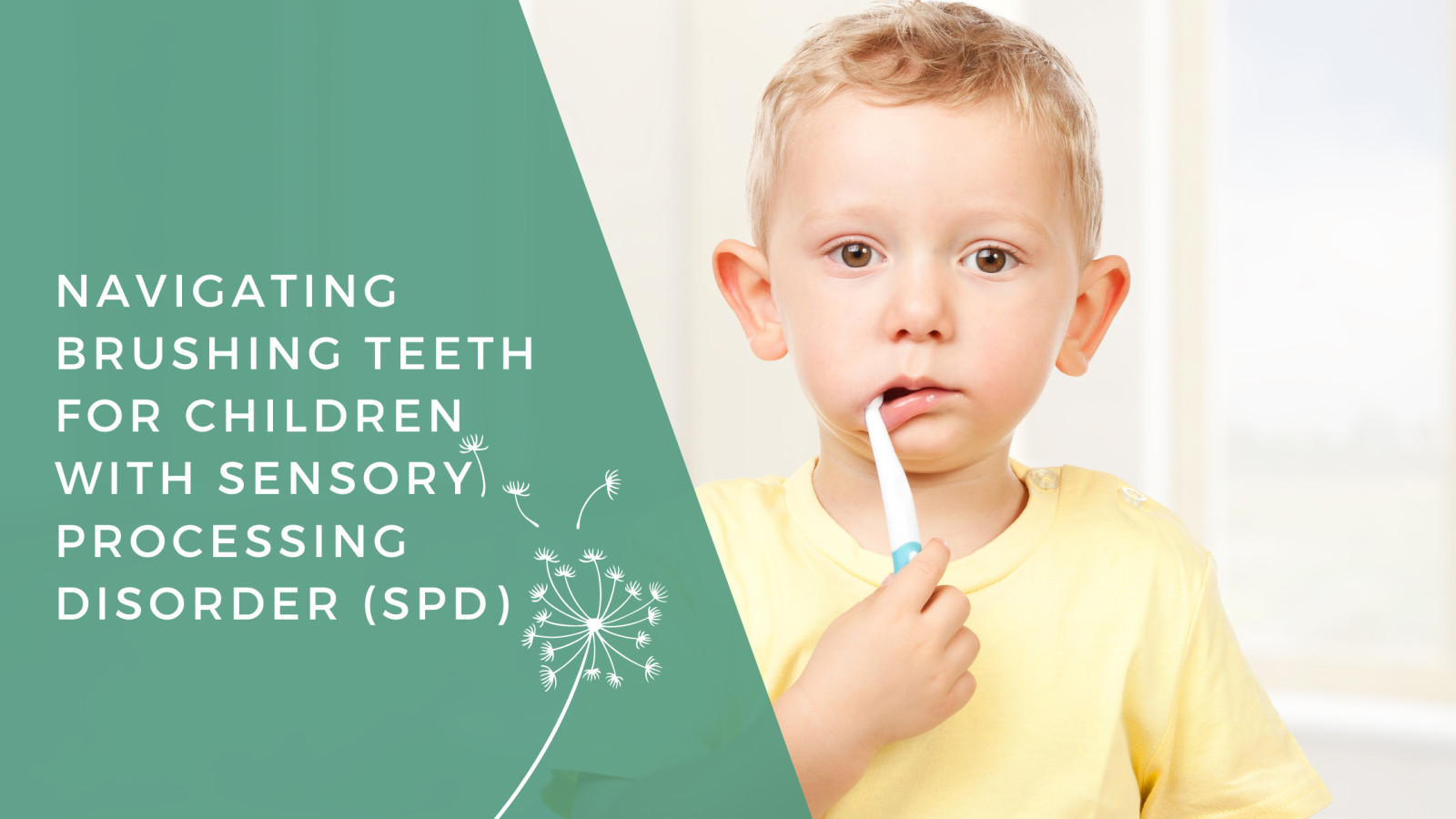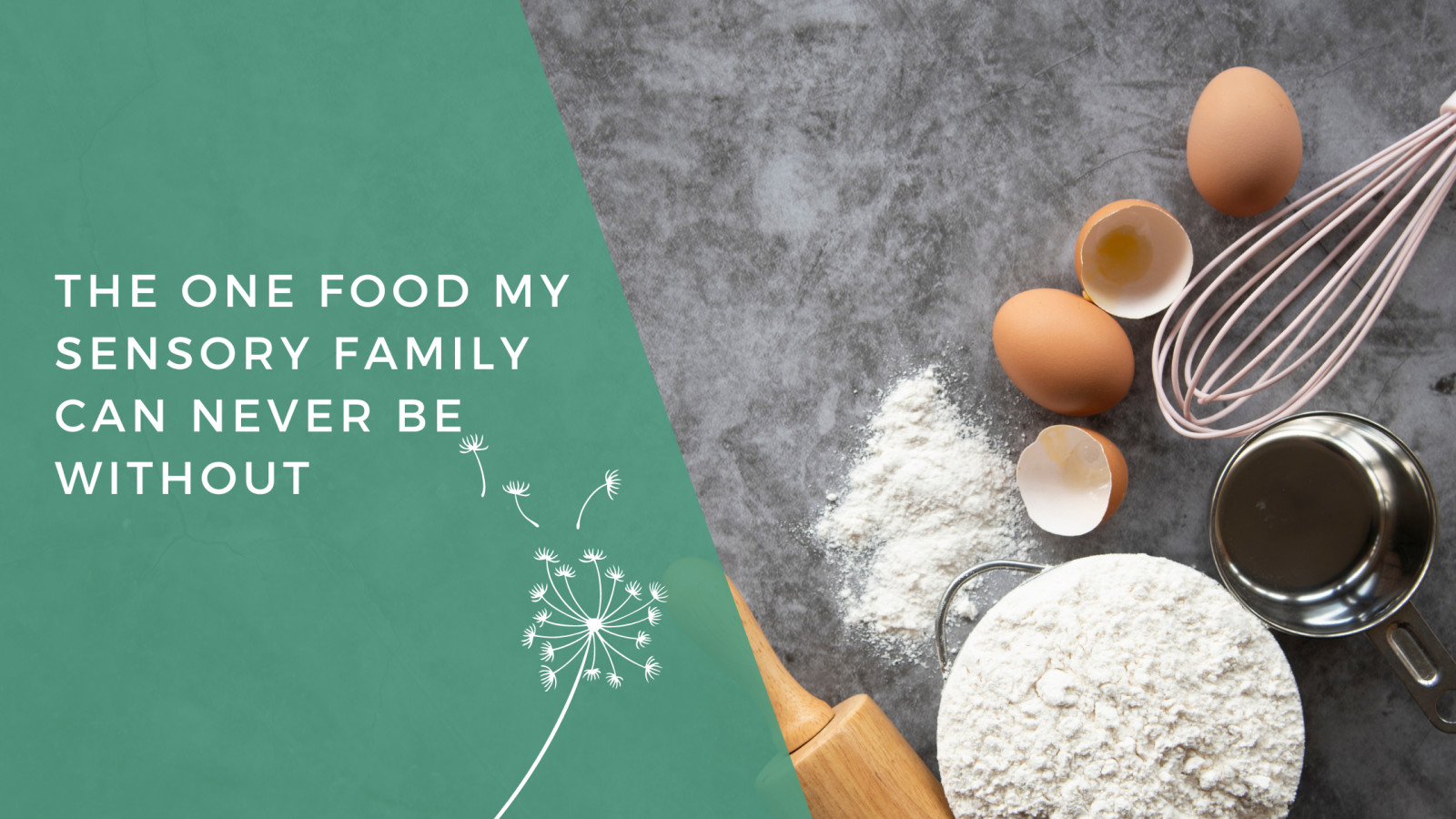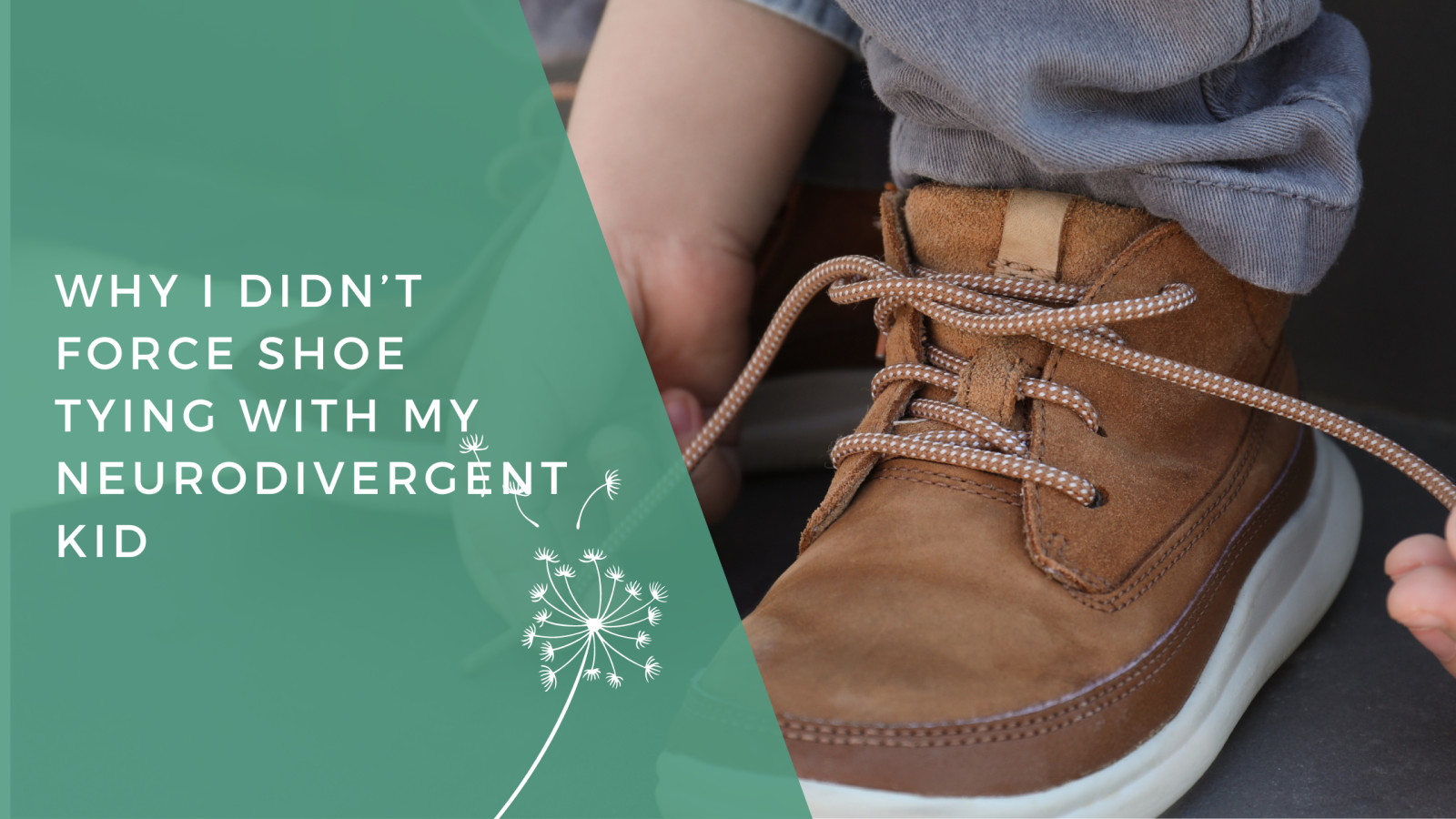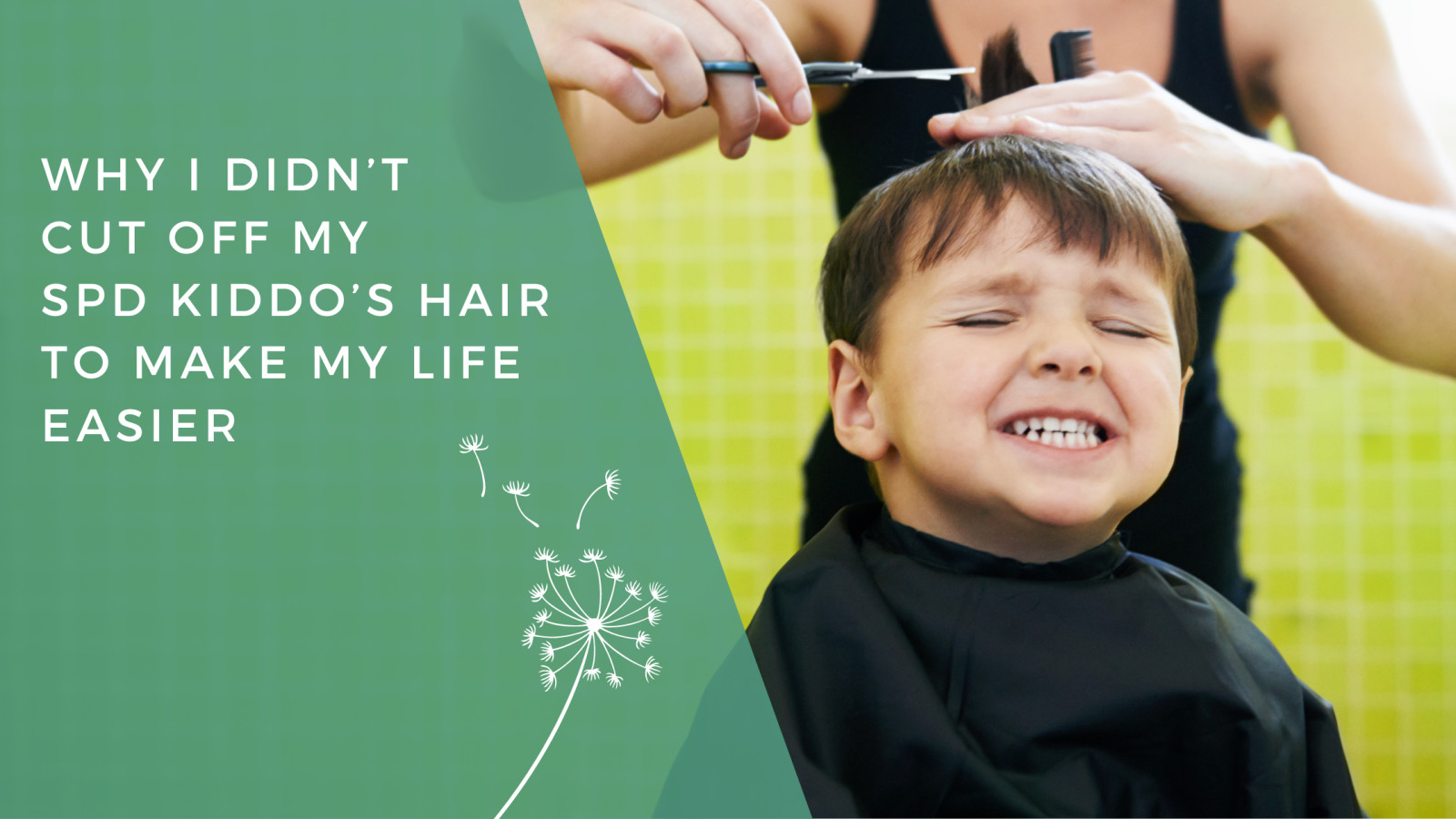
In the blog post "Why I Didn't 'Just Cut Off' My SPD Kiddo's Hair," the author addresses common advice given to parents of children with Sensory Processing Disorder (SPD) to simply cut their children's hair if they struggle with its care. The post emphasizes the importance of autonomy for SPD children, acknowledging that they often have limited opportunities for self-expression due to sensitivities to clothing and other stimuli. Allowing a child to choose their hairstyle can be a critical aspect of their identity and personal agency.
The author warns against the potential trauma that forced haircuts can induce, noting that SPD children already face significant fear and anxiety. A forced haircut can exacerbate these feelings, creating negative associations and increasing trust issues. This approach, while seemingly a quick fix, may ultimately lead to more significant emotional and psychological problems in the long term.
Instead of opting for drastic measures, the post advocates for finding better solutions that preserve the child's autonomy and trust. There are tools and strategies to make hair brushing and washing less stressful for SPD children, and it is perfectly acceptable if their hair occasionally looks untamed. By investing extra thought and time into addressing these challenges, parents can help their children manage sensory issues while maintaining their self-identity and confidence.
Read more...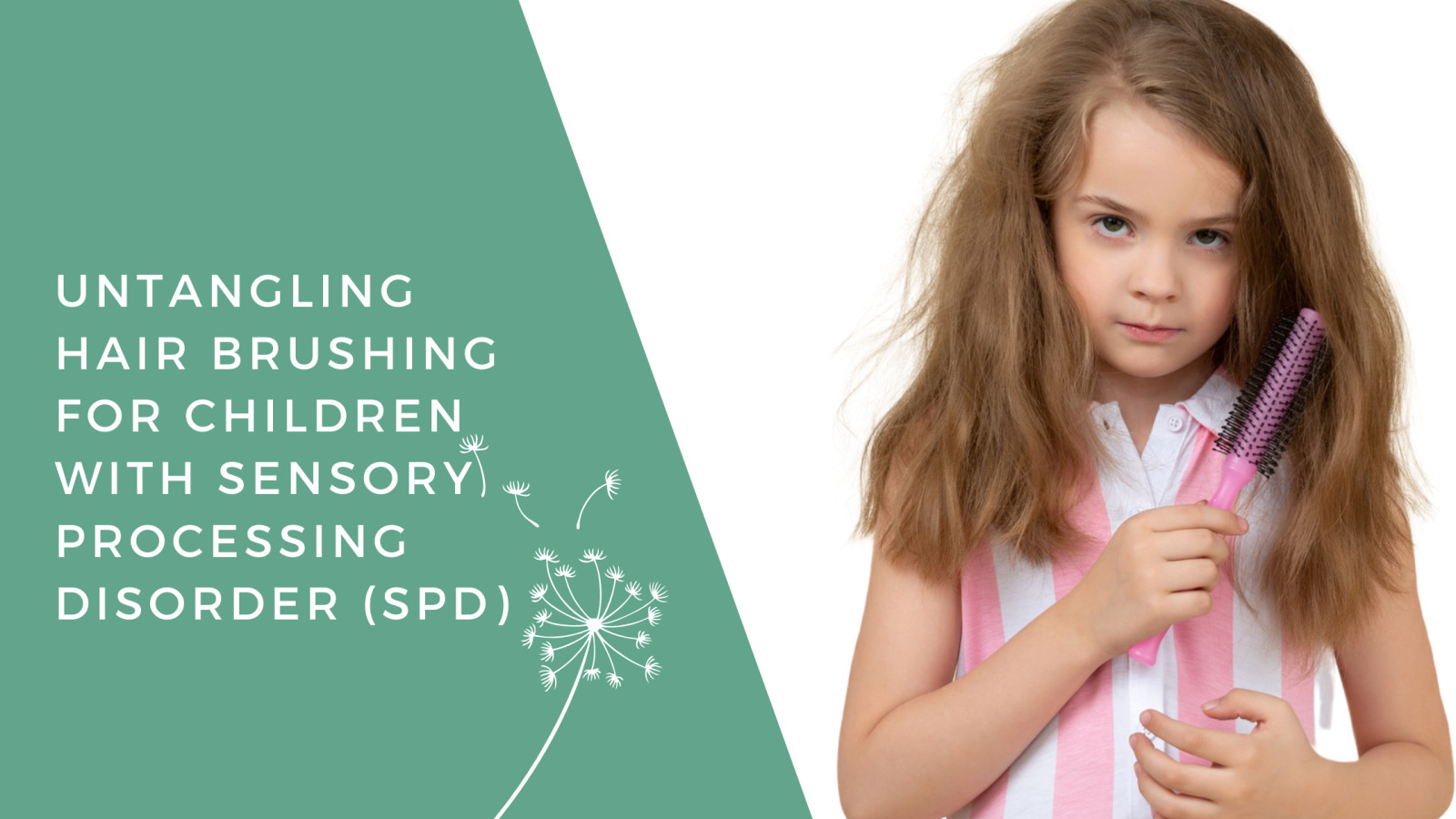
Hair brushing is a routine task that can be particularly challenging for children with Sensory Processing Disorder (SPD) due to heightened sensitivity, resulting in discomfort and anxiety. Effective solutions include gradually introducing hair brushing through desensitization techniques, using soft-bristled brushes or wide-tooth combs, and applying pure, therapeutic-grade essential oils like Lavender and Cedarwood to calm the scalp. Establishing a consistent, comforting routine, allowing the child to make choices, and using distraction techniques can also help make the process more manageable and enjoyable.
Parents can further ease the hair brushing experience by understanding their child's specific challenges and preferences. Creating an environment that includes soothing elements and incorporating the child’s input can reduce anxiety and improve cooperation. Above all, patience and empathy are crucial, as these approaches ensure a more pleasant and stress-free grooming ritual for children with SPD.
Read more...


